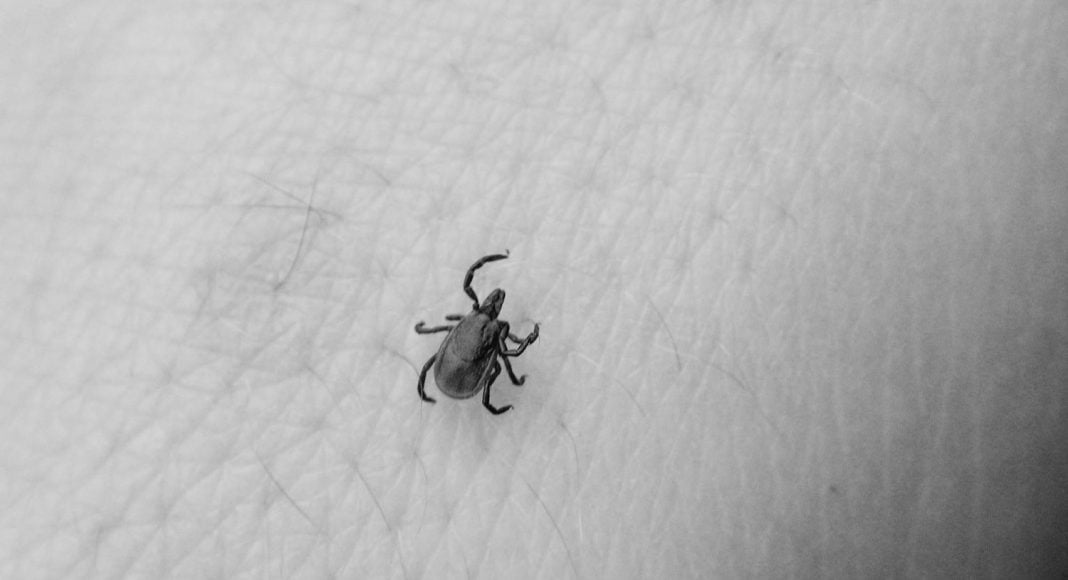The CDC estimates that every year some 300,000 may be exposed to Lyme disease, the handiwork of the Borrelia burgdoferi spirochete (which is more detail than necessary, but Borrelia burgdoferi spirochete is so cool I just had to namedrop it).
Lyme is transmitted by ticks. The telltale sign is a bull’e-eye-shaped rash that spreads from the infected bite. If that’s missed—which is often the cas>e—later symptoms include flu-like symptoms, swollen joints, weakness, and confusion. Partial, and mercifully temporary, facial paralysis (Bell’s palsy) can sometimes occur.
A course of antibiotics should take care of old B. burgoferi, so end of story. Nothing to see here, and nothing for a cannabis-centered publicatin>on to take notice of.
Except, in a number of patients, Lyme disease symptoms linger far longer than they ought to—for years even. The Centers for Disease Control call this condition post-treatment Lyme disease syndrome<!–a>. Most of us don’t have that much air in our lungs, so we call it chronic Lyme.
Since you can’t take antibiotics forever, this is where cannabis treatment enters the story. Weed, as we all know by now, can sooth inflammation; promote relaxation and sleep, which can fortify against chronic weakness; and combat the depression that often accompanies an ongoing illness. It might even kill B. burgoferi on contact.
-
Related Story: Three Puffs of Cannabis a Day Will Combat Chronic Pain
At least, this is what is claimed by those who endorse medical cannabis as a chronic Lyme treatment. On the other hand, there is absolutely no clinical evidence of its effectiveness against Lyme. And there is absolutely no urgency to change this situation, because in the opinion of many physicians, chronic Lyme a name without a disease to go with it.
Or, to put it another way, the symptoms of Lyme correspond closely with those of a more general malady called “life.” Dr. Paul Lantos, the most visible debunker of chronic Lyme .pdf”>observes that up to 20 percent of the general population experiences chronic pain, and only about half of us live pain free. Among the tired and achey, depression is also common. Put those all together, and—voilà—you’ve met the criteria for chronic Lyme.
-
Related Story: Here’s The Science: How Marijuana Effects Depression
If that chain of logic is too squishy for you, here are a couple of numbers: 50 to 88. According to Lanto’s review of 1902 cases, that’s the percentage of people referred for chronic Lyme who never even had Lyme disease in the first place.
Lest you think he’s some kind of bully who is dismissing real suffering, Lantos accepts the designation post-Lyme disease syndrome. However, he believes that it is “more properly thought of as a means of categorizing this patient cohort, rather than describing a clinical diagnosis.” In other words, something is afflicting these people—it’s just not Lyme disease.
<p>What that something is, is the question at hand. Then we can think about cannabis.
The whole chronic Lyme debate is as depressingly acrimonious and unedifying as the anti-vax controversy. But if you want to dive in, here are some of links:
<strongPro:</strong
Con:
</p


